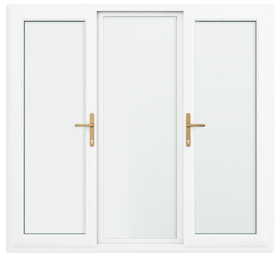Tinted Glass

Incorporating Tinted Glass in Double Glazed Windows and Doors for Enhanced Performance
Tinted glass is widely used for its ability to reduce heat gain and carbon emissions while only marginally affecting visible light transmission. More advanced types such as low-e or spectrally selective tinted glass go beyond regular tints like bronze or gray, reducing solar heat gain significantly while retaining visibility close to that of clear glass. This minimal impact on the U-factor but notable reduction in solar gain helps lessen the need for air conditioning in warm months. Tinted glass also excels in glare reduction for east or northeast-facing windows, ensuring comfort without the excessive brightness.
Key Features of Tinted Glass:
-
Glare Mitigation: Significantly reduces glare for enhanced indoor comfort.
-
Privacy: Ensures privacy during the day.
-
Aesthetic Value: Offers a designer appearance with minimal external reflectance.
-
Solar Heat Management: Cuts down solar heat transmission by 30-50% compared to ordinary clear glass.
-
Property Value Enhancement: Adds value to the property.
-
UV Protection: Reduces UV and visible light transmission, safeguarding against interior fading.
Tinted glass, particularly when used in UPVC double glazed windows and doors manufactured in Sydney, offers substantial improvements in comfort by controlling heat transfer through absorption. It serves as an effective alternative to low-e glass when color is a crucial factor.
Installation Advice:
The thickness of the glass impacts the tint's depth and heat absorption, with thicker glass posing a higher risk of thermal breakage. To ensure longevity and performance, it's recommended to install toughened or heat-strengthened glass in your double glazed units.